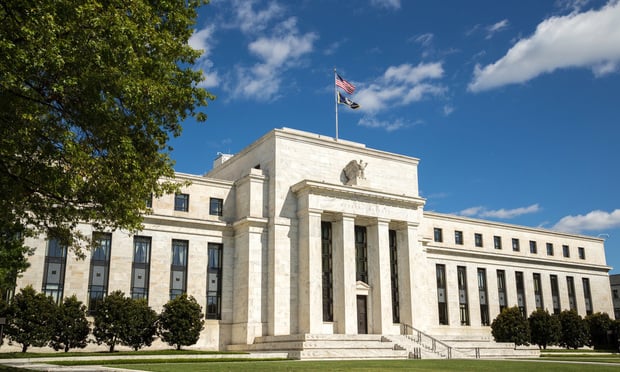Consider these items:
- Gold gets hammered—investors who bought in and created a bit ofa bubble worrying about inflation now back off in a generalcommodity decline as China stumbles and Europe remains mired inrecession. The U.S. just keeps printing money and now Japan joinsin on quantitative easing after two decades of keeping interestrates at near zero without much impact on the pricing ofgoods.
- The housing market strengthens in part off pent up demand—agrowing population needs more places to live. But much of the homebuying in woebegone markets has been by big institutionalinvestors, not Average Joes, who still cannot get mortgagesnotwithstanding bargain prices either because of bad credit or notenough cash to put down or both. The institutions will rent to theAverage Joes in the meantime, but eventually hope to make a killingwhen Average Joe can afford to buy at a higher price.
- McDonalds reports its global sales are off and value meals areback to increase market share.
- Austerity has not worked in Europe---the latest numbers showeven Germany begins to stumble, and now the sequester cuts start tobite into the U.S. economy—the jobs numbers have not been inspiringand our friends, the economists, suggest there won't be a pick upuntil year end.
Put gold, housing, Big Macs, and sequester together and at bestyou see signals of weakness rather than strength, and the best wecan hope for is more of the same tepid growth we should all justcome to accept. Clearly inflation is not a problem— easy moneymonetary policy has kept the U.S. economy afloat and saved the bigbanks, but has failed to stimulate a robust recovery. Prices forgold and other commodities fall, because demand ebbs in the generalworldwide funk—the countdown is on before China's overbuilt housingmarket collapses. Since the Average Joe's wages have declinedand his benefits cost more, he buys fewer hamburgers and you wonderhow he can possibly afford a new home. It follows that thoseinstitutions must be prepared to keep newly purchased inventoryrented for longer than anticipated, and that could mean lower thanpromised returns. Sequester promises to weaken the jobsmarket further—government layoffs and furloughs mean more workershave less to spend--and this should lead to more private sectorjobs growth? Well, not if you look at the UK and Europe wheresevere belt-tightening has starved economies and kept unemploymentin the double digits. That's now become a German problem since manyof its EU partners cannot afford its products. The U.S. stockmarket inspires seems to inspire the most confidence—investors likecorporate profit reports, but companies make bottom lines look goodby squeezing wages, hiring fewer Average Joes, and employingcheaper offshore workers. At some point, buying fewer hamburgerscomes back to bite every business not just McDonalds. Is gold aleading indicator for the Dow Jones?
Add into the mix how two half-cocked guys can shut down a majorU.S. city using pressure cookers and internet instructions and youshould get more of an uneasy feeling. That brings us back to ourfriends the economists—when they say hiring will increase at theend of the year, we wonder which year they are talking about.Didn't they say that last year too? Or was that the year beforelast?
Continue Reading for Free
Register and gain access to:
- Breaking commercial real estate news and analysis, on-site and via our newsletters and custom alerts
- Educational webcasts, white papers, and ebooks from industry thought leaders
- Critical coverage of the property casualty insurance and financial advisory markets on our other ALM sites, PropertyCasualty360 and ThinkAdvisor
*May exclude premium content
Already have an account?
Sign In Now
© 2024 ALM Global, LLC, All Rights Reserved. Request academic re-use from www.copyright.com. All other uses, submit a request to [email protected]. For more information visit Asset & Logo Licensing.








